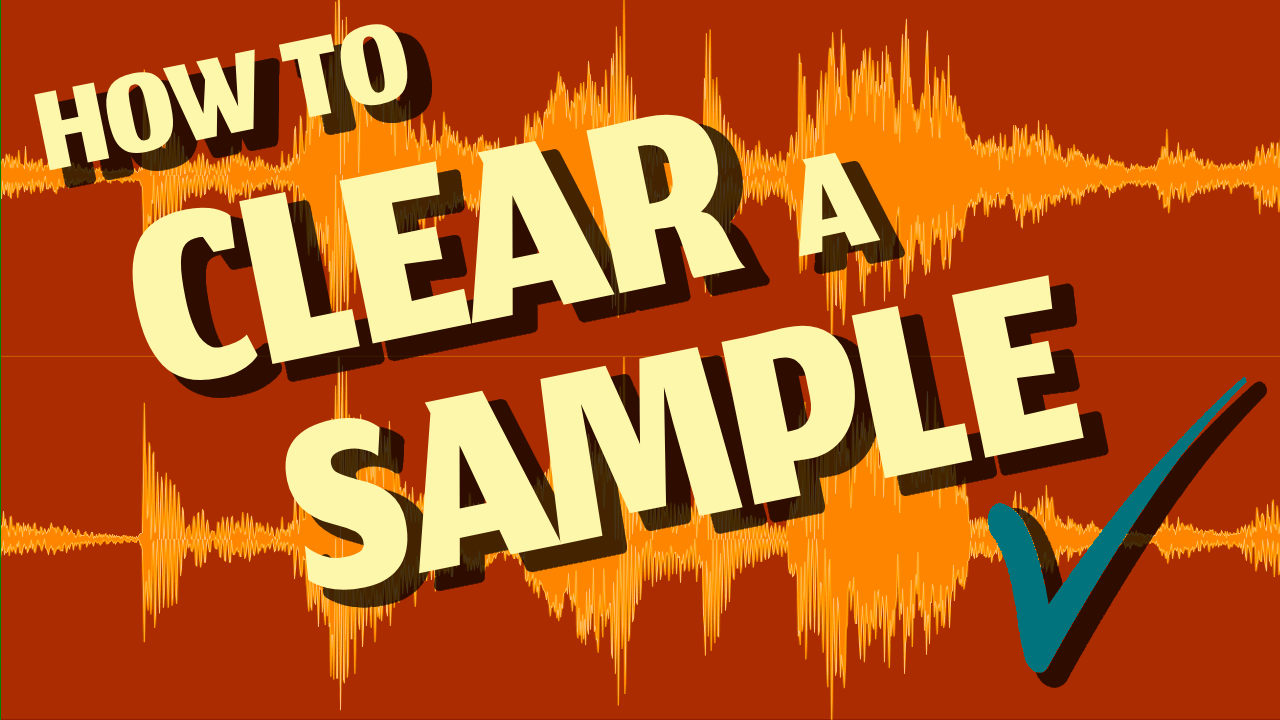How to Clear a Sample (Properly)
If you’re using a sample and plan to release or monetize the track, you need legal permission. Here’s how to do it.
When You Need Clearance
Clear the sample if:
You’re releasing the track on streaming platforms
You’re selling/licensing the beat
The sample is recognizable (even if chopped or filtered)
What You Need to Clear
You must get permission for two separate rights:
Master Rights – the sound recording (usually owned by the label or artist)
Publishing Rights – the composition (owned by the publisher or composer)
You need both.
How to Clear a Sample
Ask the Producer
If you got the beat from a producer, ask them where the sample comes from. They should know — and if not, they shouldn’t be selling it.Identify the Rights Holders
Use:Reach Out and Negotiate
Contact the rights holders (label + publisher). Ask for a license. They may charge:A flat fee
A percentage of royalties
Or both
Get a Signed Agreement
No handshake deals. You need a written license.
Alternative Options (if you don’t want to clear it)
Use royalty-free samples or sample libraries with licenses
Create your own material
Sample public domain recordings (pre-1923 in the U.S.)
Bottom Line
If the sample is not cleared, it can block your release or cause legal issues.
If you want to use one of my beats, ask me about the sample. I’ll tell you what it is and whether it can be cleared.

